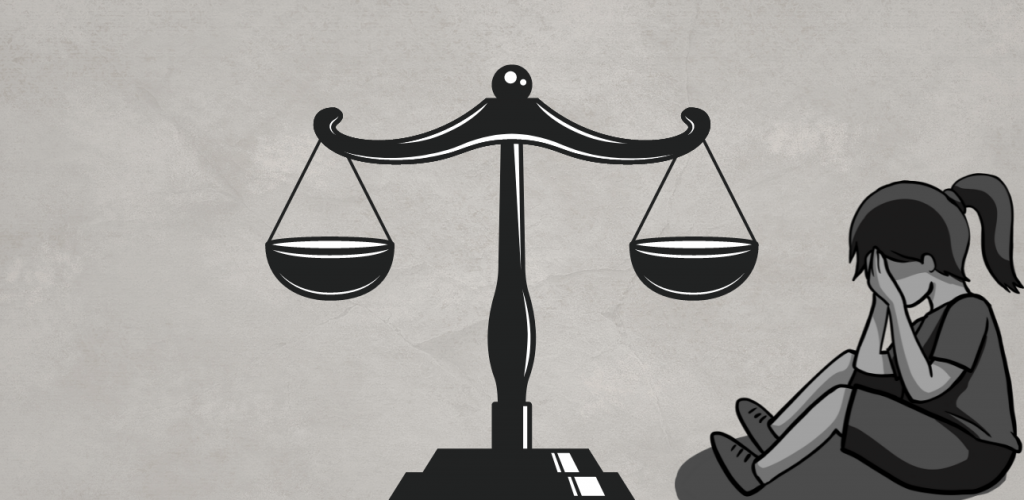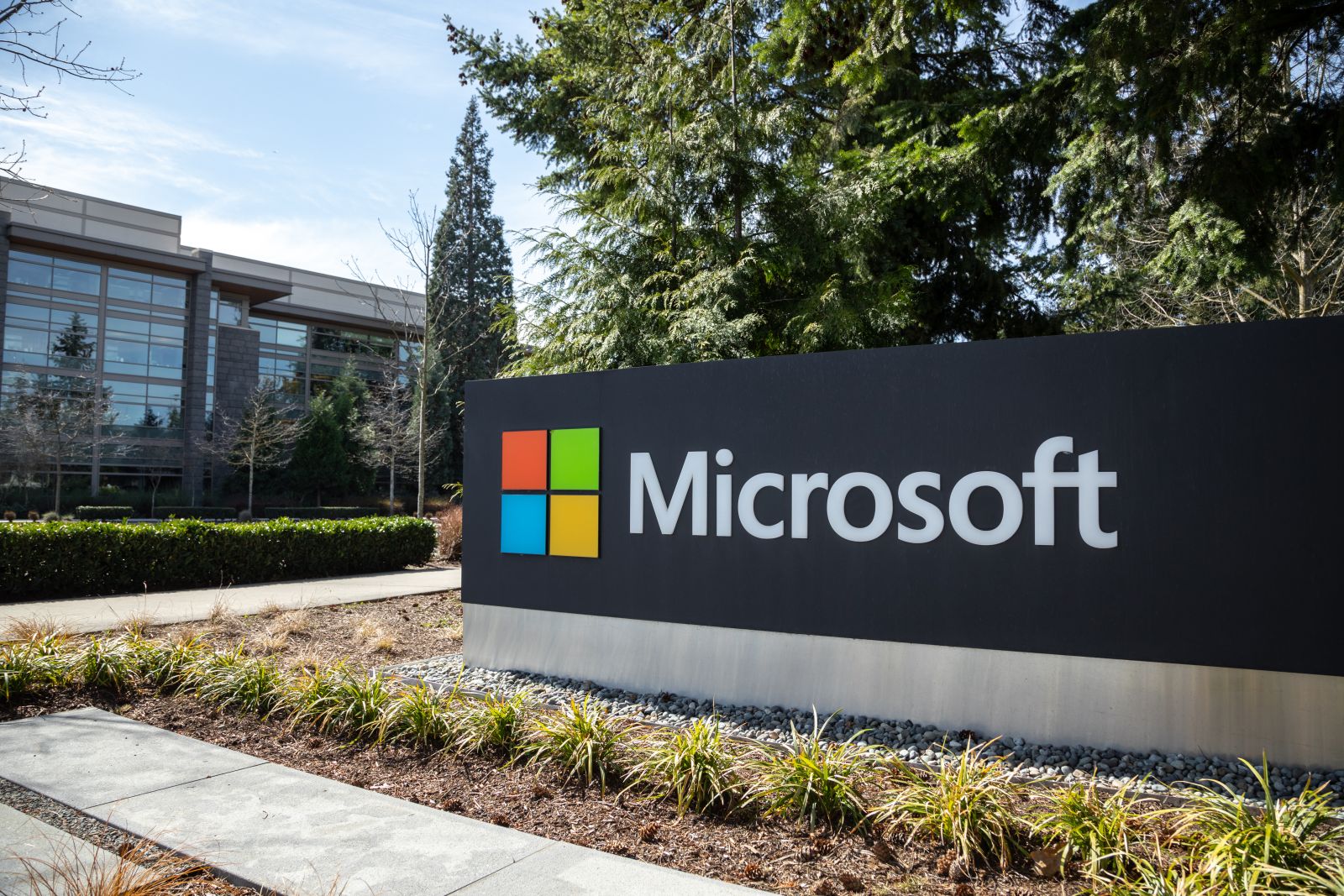Cancer rates are rising among younger generations, with data indicating that individuals under 50 are experiencing higher cancer rates than previous generations. As a genetic counselor, I hoped that advancements in understanding risk factors and prevention would slow this trend of early-onset cancers. Unfortunately, the opposite is true. Recent findings from the American Cancer Society show that the incidence of at least 17 out of 34 cancer types is increasing among Gen X and Millennials.
These statistics are concerning. It’s easy for patients to become overwhelmed by cancer headlines, which can influence their healthcare decisions. Each year, millions of Americans miss essential cancer screenings, often citing fear of a positive diagnosis as a major reason. Others mistakenly believe that cancer is a concern for older individuals only, while access to screenings remains challenging.
In my experience, I meet individuals from all age groups who have either battled cancer themselves or supported a loved one through the illness. A common sentiment I encounter is the desire for earlier detection of cancer. My response is clear: understanding one's risk is the first and most crucial step.
For some individuals, increased cancer risk means initiating screenings earlier—sometimes as soon as age 25—or opting for more sensitive tests. This proactive approach is vital, as early detection can significantly enhance survival rates, potentially increasing them by up to eightfold depending on the cancer type. It also reduces the overall healthcare costs associated with cancer treatment. While screenings may come with some risks, clinicians can mitigate these by following evidence-based guidelines from organizations like the American Cancer Society and discussing treatment options thoroughly when a diagnosis occurs.
Normalizing Cancer Risk Assessment and Screening
A comprehensive cancer risk assessment and education about symptoms should be integral to every preventive care visit, regardless of age. This assessment should lead to clear recommendations and support for subsequent steps.
This is where care advocacy and patient navigation come into play. Care advocacy enhances outcomes throughout the cancer journey, from increasing screening rates to improving survivors' quality of life. I've witnessed how care advocates help patients navigate challenges like long wait times for necessary appointments, making both screening and diagnostic care more accessible.
With a new rule finalized by the Centers for Medicare & Medicaid Services, providers can now bill for oncology navigation services conducted under their supervision. This formal recognition underscores the clinical and financial value of these services. By implementing care navigation, targeted outreach, and educational resources covered by health plans, patients will feel more empowered regarding their health and better equipped to minimize cancer's impact on their lives.
These services also benefit healthcare providers. Care navigation aids clinical teams, from primary care providers to oncologists, by ensuring patients receive timely care before their cancer advances. Even if patients adhere to screening recommendations for their entire lives without a positive diagnosis, they gain something invaluable: peace of mind from actively participating in their health.
Combating Fear Through Routine
Integrating cancer into young people's healthcare as a common condition—similar to diabetes or high cholesterol—means encouraging quick follow-ups on concerning symptoms or screening results, reducing the time to initiate treatment when necessary. With advancements in treatment options and success rates for certain cancers, survivorship support should be incorporated into every treatment plan from the beginning. Before treatment starts, healthcare providers should address often-overlooked topics, such as reproductive options affected by treatment, plans for returning to work during or after treatment, and finding appropriate mental health support.
Where cancer prevention isn't possible, primary care providers and oncologists can collaborate to ensure patients receive prompt diagnosis and treatment. Understanding how insurance coverage affects early cancer detection is essential; younger patients need guidance in accessing benefits and resources through their healthcare plans, including employer-sponsored programs. Even if cancer treatment is unavoidable for some, taking immediate action to get screened at the right time is the best way to mitigate the impact of increasing cancer rates nationwide. Ultimately, fearing cancer doesn't lower the risk of becoming ill or dying from it; proactive screening and early detection do.


























0 Comments